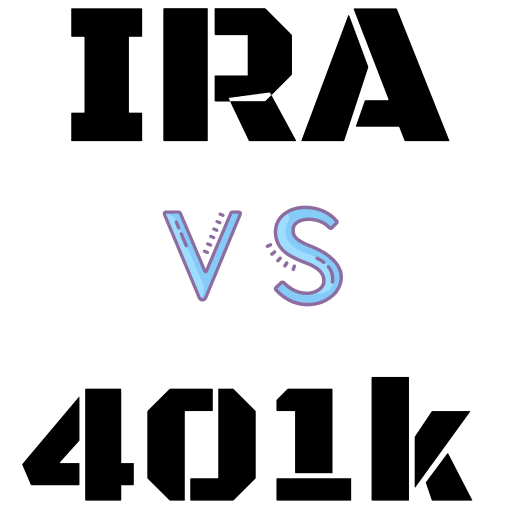
Yes, that seems unfair. But typical Americans don’t have to be Peter Thiel to take advantage of the Roth’s tax benefits.
“The rules really aren’t different for Peter, or any wealthy person, and the average person that’s out there,” says Todd Scorzafava, a certified financial planner and partner at Eagle Rock Wealth Management in East Hanover, New Jersey.
So what are those rules? Among other things, you’ll have to wait until age 59 ½ to start pulling investment income out of your Roth IRA; otherwise, it may be taxed or penalized. The account also has income limits, and an annual contribution limit of $6,000 ($7,000 if you’re 50 or older). Those who follow the rules — tech billionaires or otherwise — reap the Roth’s rewards.
How anyone might benefit from an IRA
With a traditional IRA, contributions are tax-deductible, meaning your taxable income will be lower the year you make contributions. Distributions in retirement, however, are taxed as ordinary income.
Roth IRAs are funded with money that’s already been taxed, so there’s no additional tax deduction on contributions. But qualified withdrawals in retirement are tax-free. This makes Roth IRAs an especially attractive option for savers with a long time horizon, Scorzafava says.
“Yes, a tax deduction now sometimes sounds great, but is that tax deduction going to outweigh the benefit of a Roth later on?” Scorzafava says.
